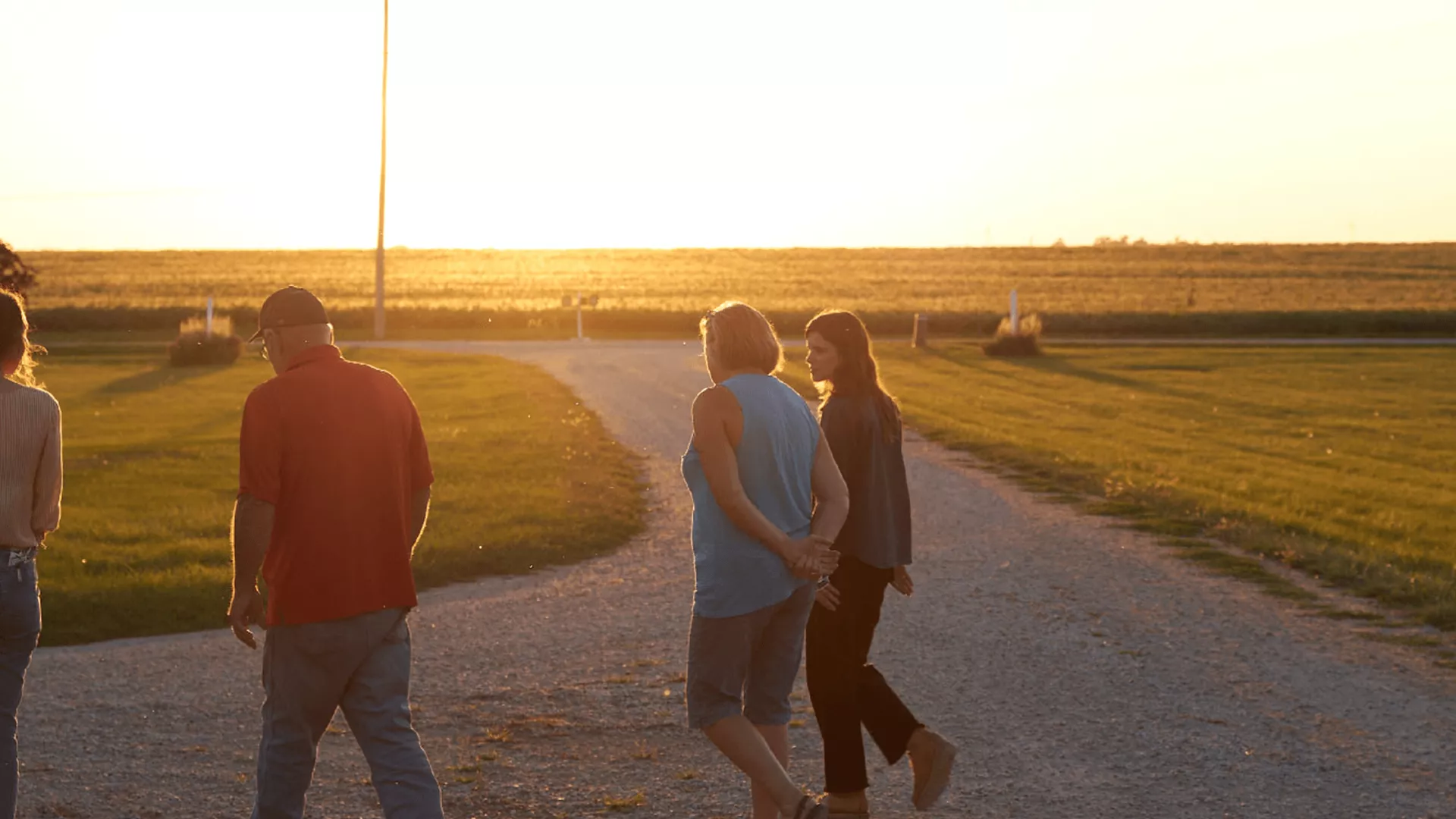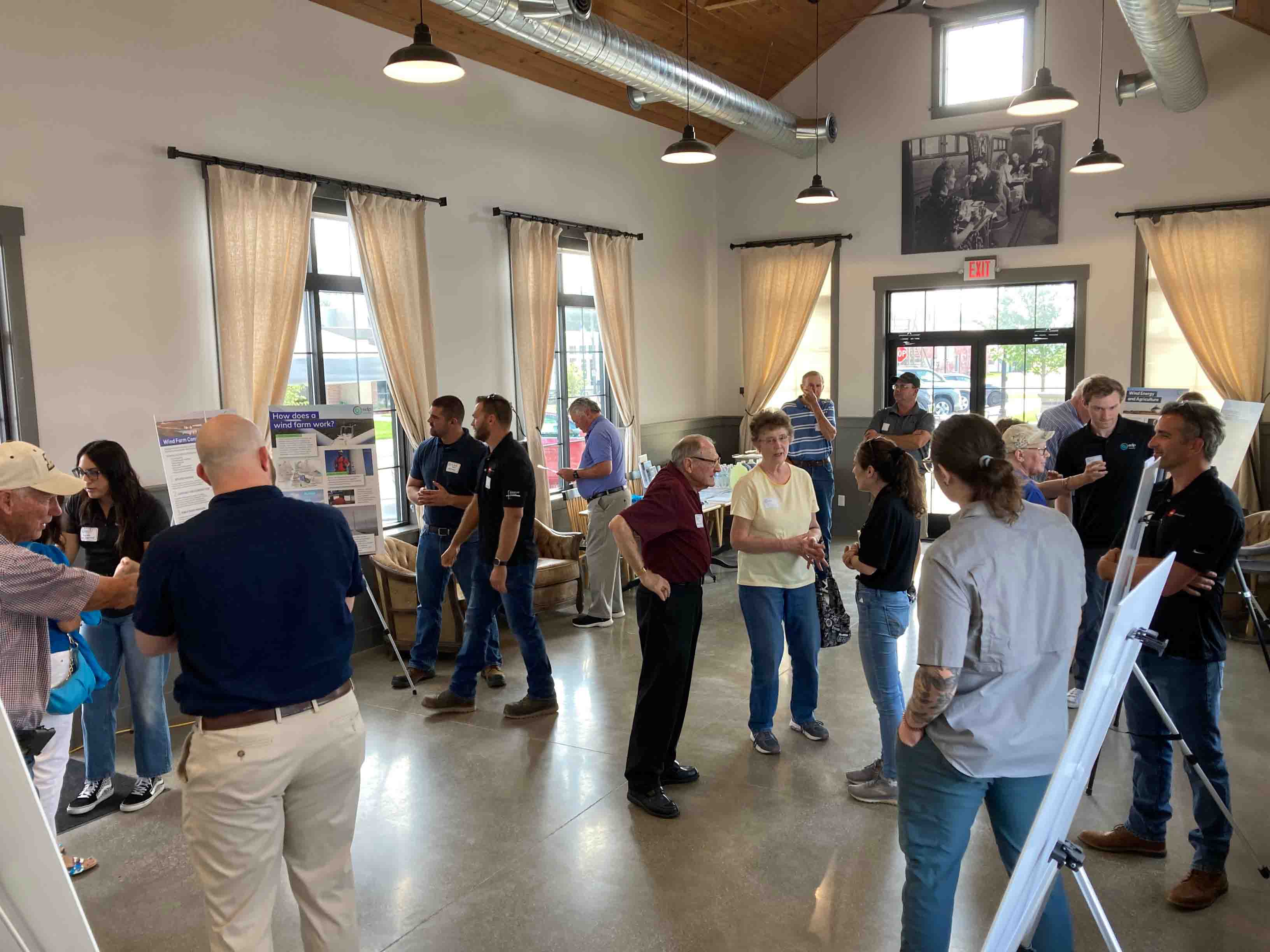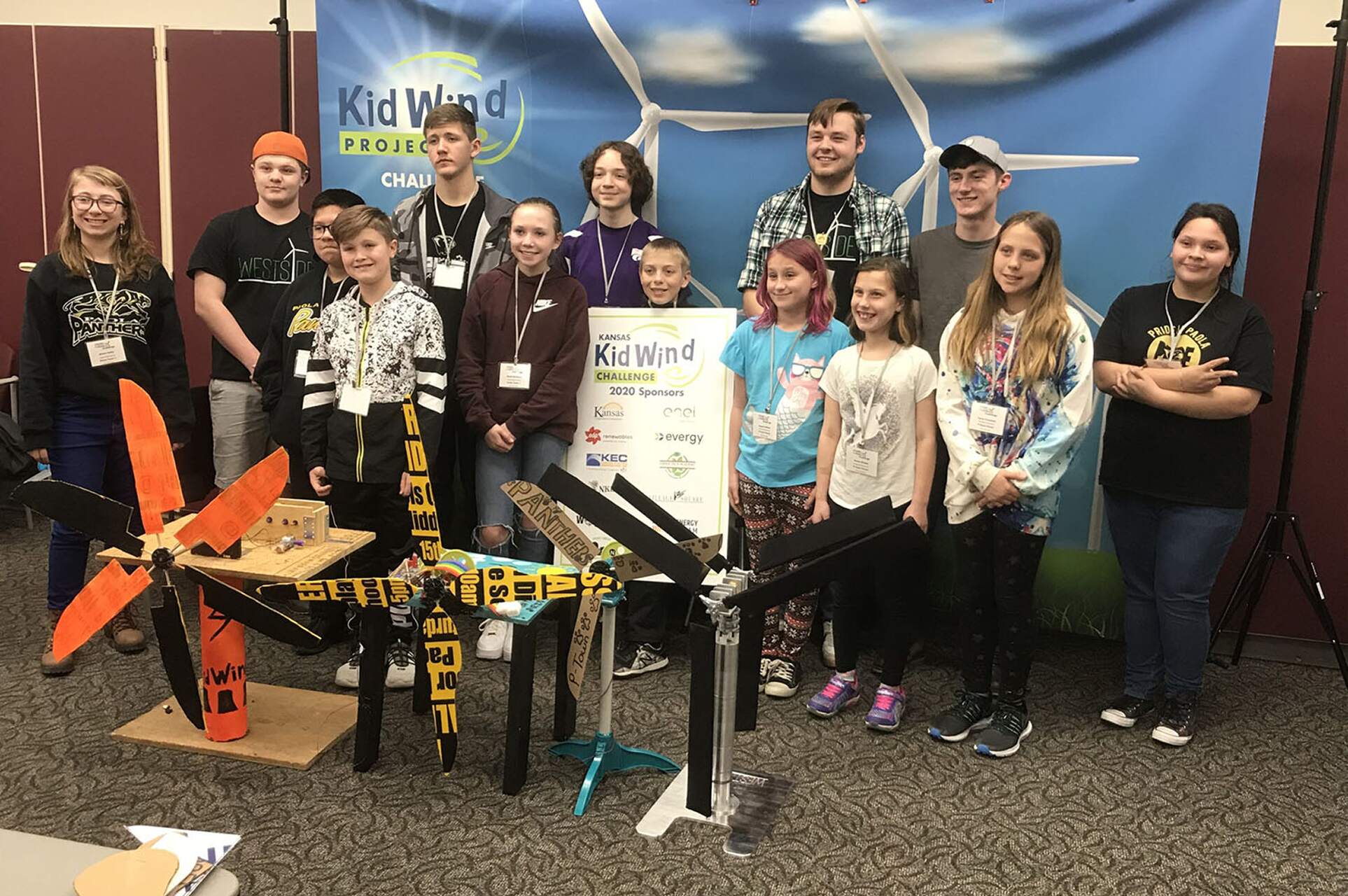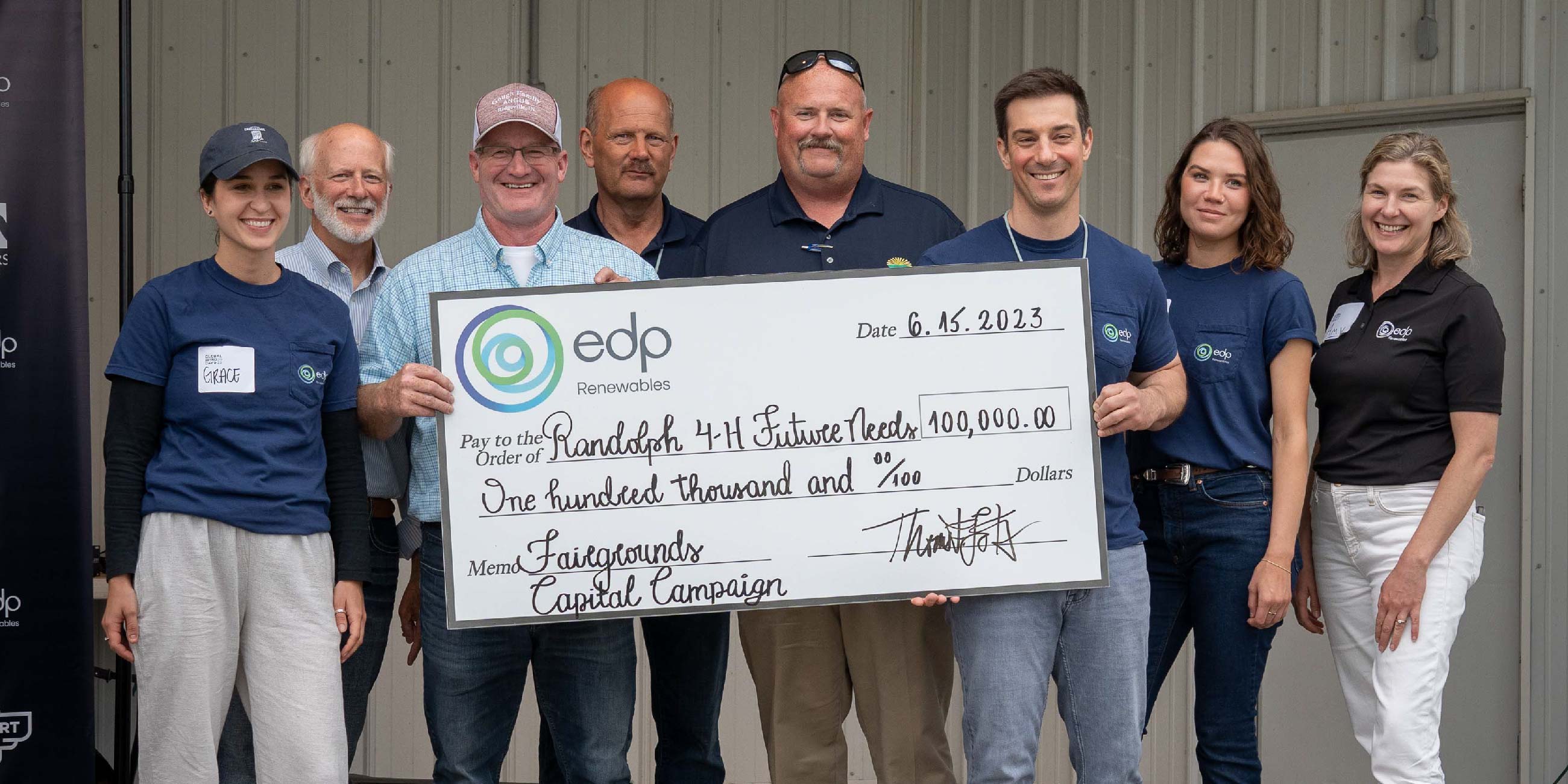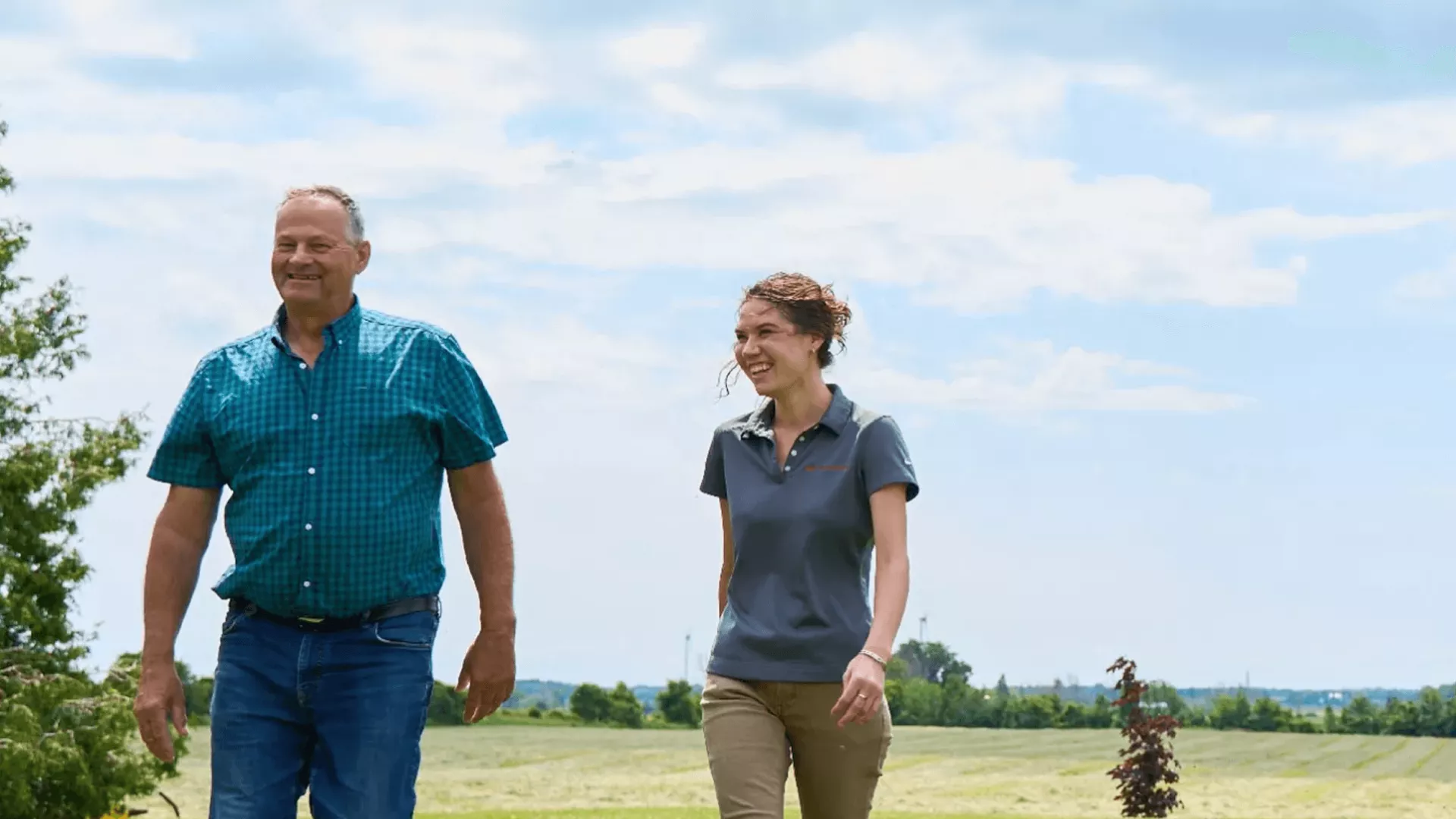
Communities
Cultivating long-term relationships rooted in respect and transparency
When our EDP Renewables North America (EDPR NA) team joins a community to develop a renewable energy project, including wind farms, solar parks, and energy storage projects, we are intentional with how we engage with the local residents. We work to ensure we are being good neighbors and serving the unique needs of each project community.
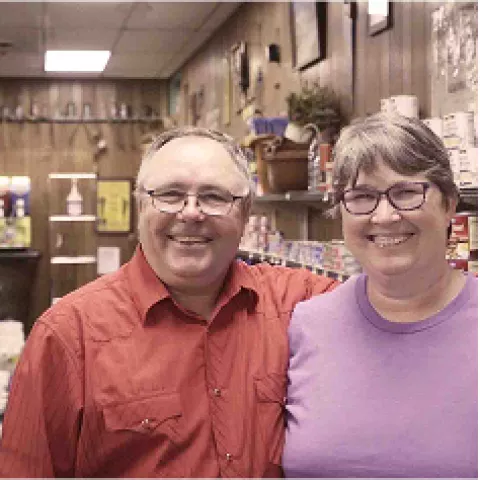
We are committed to being active community members throughout the multi-decade life of our projects. We do this by participating in local events and open houses, and providing monetary donations to support the communities where our projects reside. From landowner dinners and project tours to volunteer efforts and scholarships, we build strong partnerships that foster long-term community growth.
Local events
We recognize that developing and running a project Iis a two-way street, and we rely on input from project communities to ensure we are building the best project possible. We regularly host landowner dinners, open houses, tours, one-on-one meetings, and more to ensure residents feel confident and informed about the process.
Social impact
We devote time to the communities we partner with by hosting volunteer events, engaging with local educational institutions, and attending community events to ensure we are building strong, honest relationships with our project communities.
Community contributions
EDPR NA not only devotes time to the communities where we operate, but we also provide communities with financial support by contributing to local endowments, scholarship funds, and grant programs.

We take pride in being a good neighbor
EDPR NA is an active community member
Our employees live and work in our project communities, so whether we are hosting a booth at the annual town fair or donating to the local food bank, we do our best to become part of the community. Below are a few of our recent community outreach events across North America.
Wind farms support thousands of communities by bringing jobs, economic growth, tax revenue, and lease payments to rural areas. In 2019, U.S. wind farms provided $1.6 billion in state and local tax payments and landowner lease payments.
EDPR NA begins the process of building a wind farm with extensive site and location vetting. We conduct wind resource studies, confirm access to transmission lines, and get to know the community to provide factual information and ensure residents’ questions are answered. After finalizing our studies and obtaining the proper permits, we survey the land and prepare for construction. In addition to turbine erection, construction includes improving the roads, establishing an operations and maintenance (O&M) building, and connecting the turbines to the electric grid through transmission lines. Once construction is complete, we begin the reclamation process, restoring the land back to its original state. For more information, watch our construction video.
Limited water is needed to produce solar (and wind) energy. Our solar parks conserve millions of gallons of water every year, displace carbon emissions from fossil fuel power plants, and enhance air quality by mitigating the health effects of harmful air pollutants.
Wind energy is far less harmful to wildlife than other energy sources. The National Audubon Society strongly supports properly sited wind power as a renewable energy source helping reduce the threats posed to birds. Further, bird fatalities at wind energy facilities represent a very small fraction of total annual human-caused bird mortality, approximately two to four orders of magnitude lower than other human sources of mortality. Also, more than 98 percent of land used for wind farms is left untouched by turbines and project infrastructure and can still be used for livestock grazing, agriculture, wildlife habitat, homes, highways, and recreation.
Utility-scale solar parks do not pose a significant risk to the loss of agricultural land. In fact, solar parks can generate enough electricity to power the U.S. using just 0.6 percent of land, or roughly the same area currently used for surface coal mining. Our team is dedicated to avoiding impacts to wildlife and natural resources and conducts extensive land, wildlife, and vegetation studies prior to construction of a solar park. We also continue to monitor wildlife during our projects’ operations. Since almost all solar park infrastructure is above ground, solar parks can also provide an opportunity for heavily farmed land to recover and regain nutrients for the next generation.
